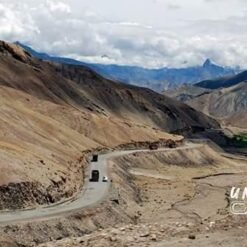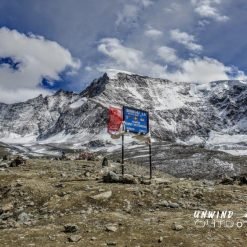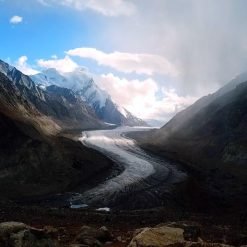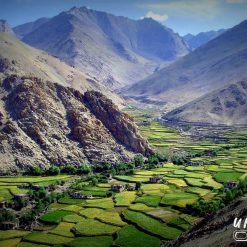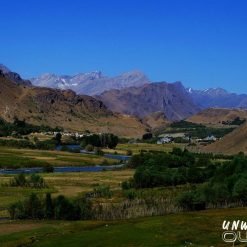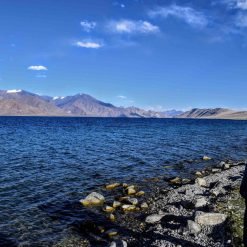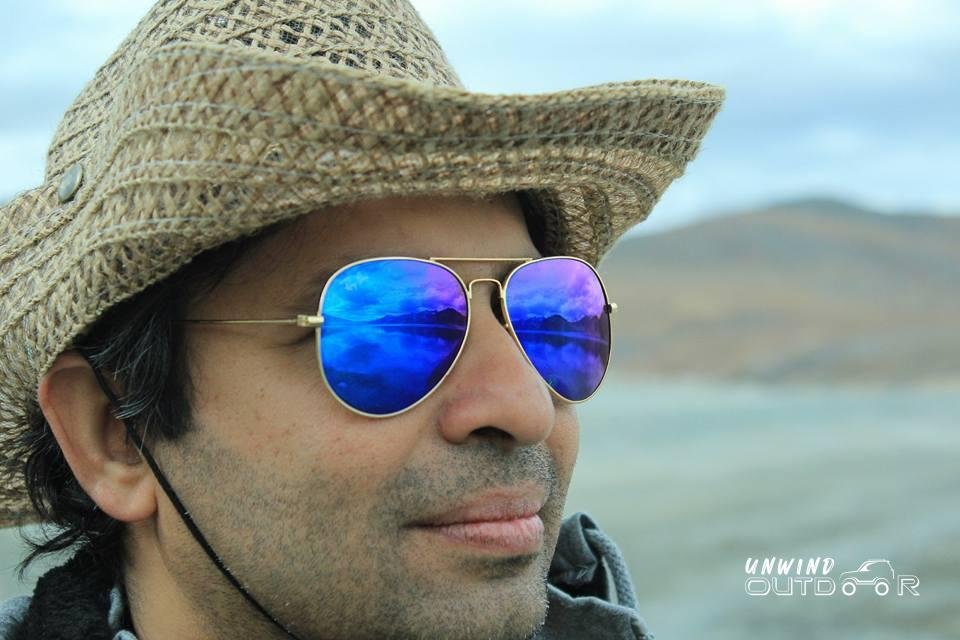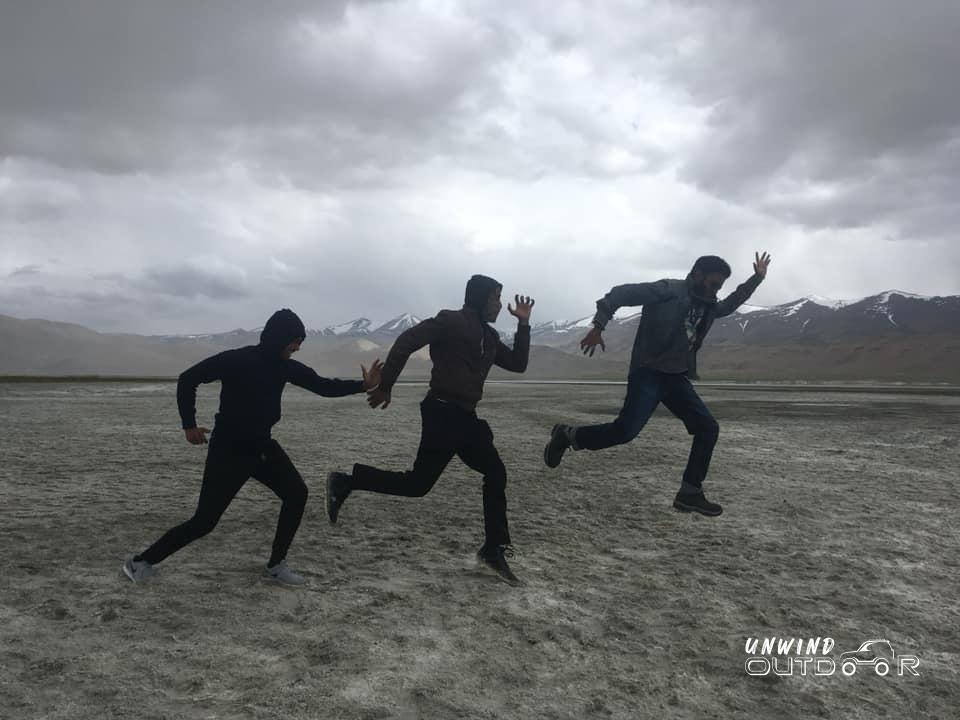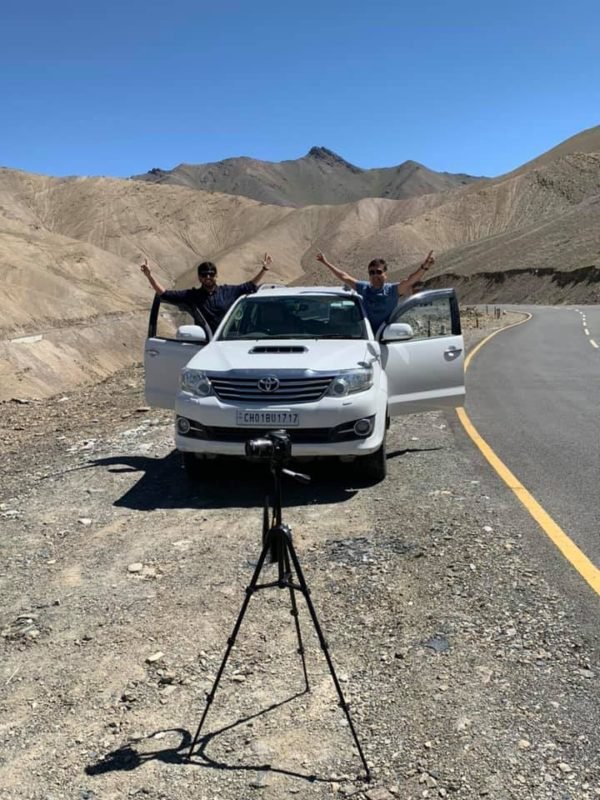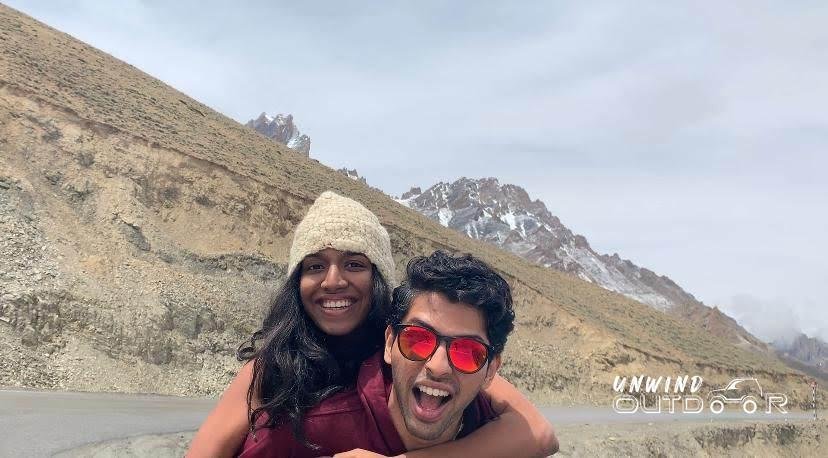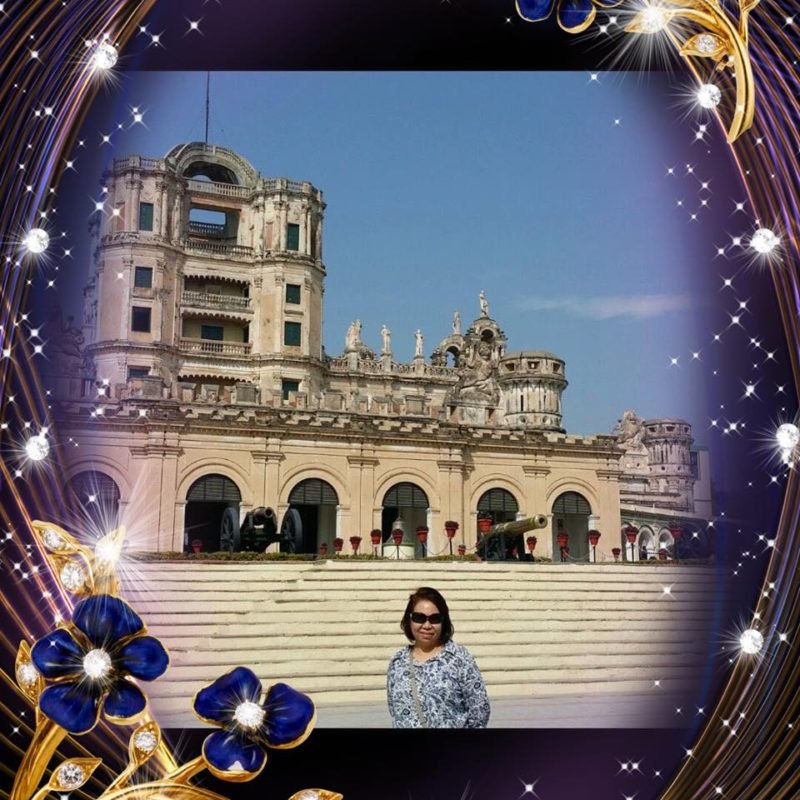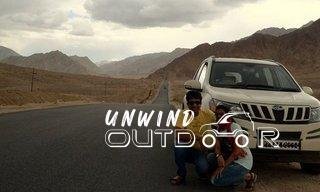Arunachal Pradesh, North East
Tawang – Our trip to the stupendous land
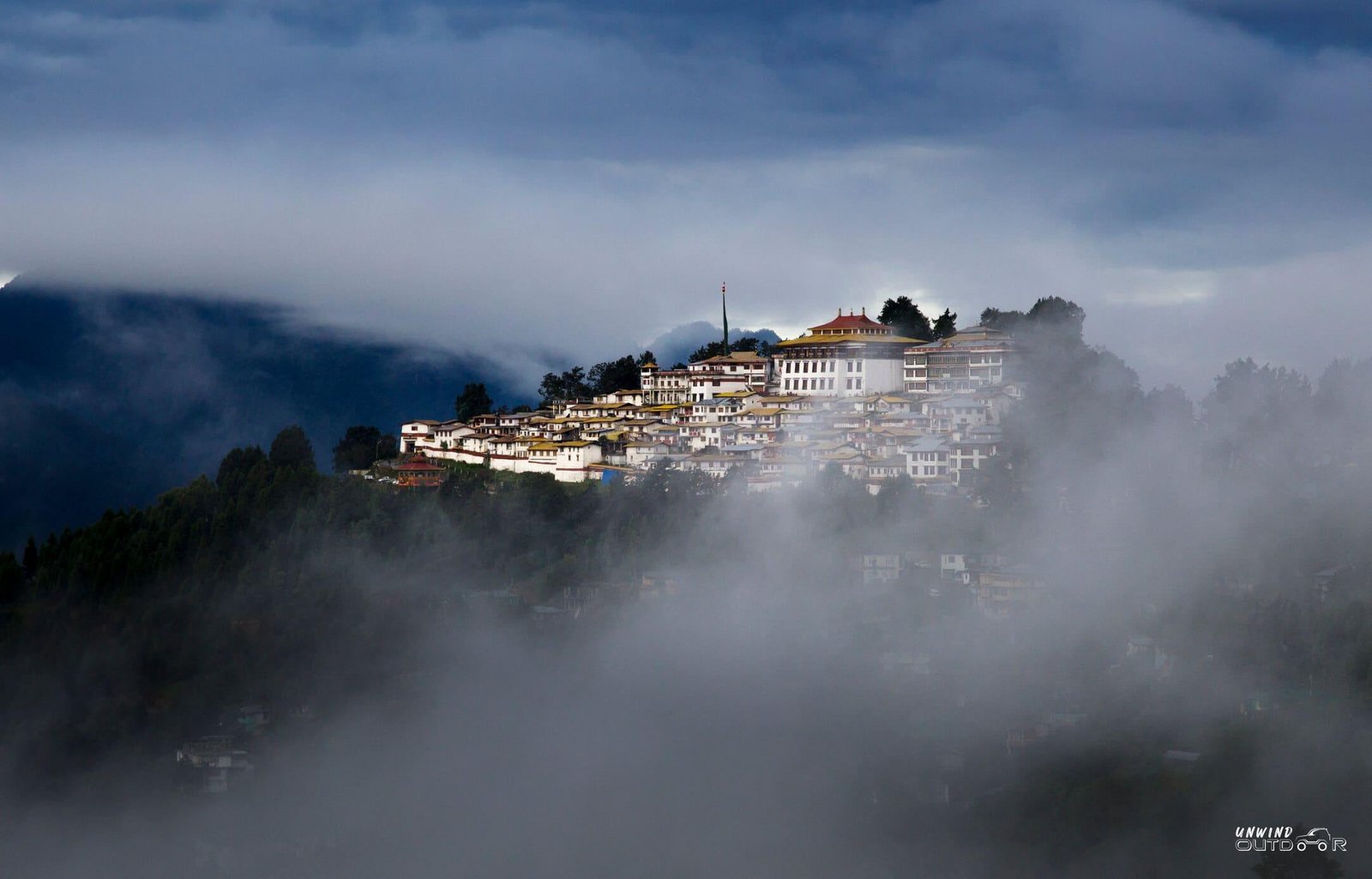
Tawang is a foggy delight and offers spectacular views
Nestled in the north-western part of Arunachal Pradesh, Tawang is a land forgotten between the folds of mountains and lakes. Framed by an amphitheatre of snow-capped peaks, with passes too high even for the clouds to reach, it is a melange of the very best of nature.
Straddled by Tibet and Bhutan, this often overlooked land has historically come under the radar every time blood was shed in its vicinity. Passing through this magical place, with its lush greenery and gushing waterfalls that dot the entire landscape, it is difficult to believe that the Indo-China War of 1962 was fought so close to a place so surreal.
Perhaps it is more fitting that the 14th Dalai Lama chose to cross over into this region to escape the Chinese tyranny in 1959.
For all the drama it has witnessed, the landscape of Tawang remains quite the opposite. Like the sound of a gurgling stream, it is more soothing than imposing. Coloured in brilliant shades of green through the summer and a blanket of white in the winter, interrupted by placid lakes and gushing waterfalls, Tawang is the foggy dream that wanderlust is made of.
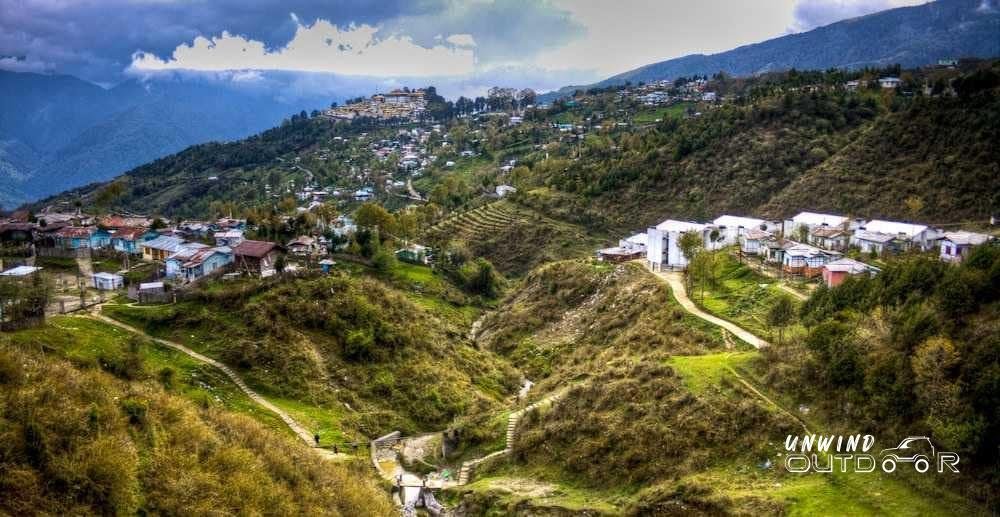
The valley stretches out for miles
As we embark on our journey from Guwahati, we slowly leave behind the rushed city life and enter into Tezpur with its colonial buildings and green parks. As we cross Bomdila and arrive into Dirang, the reminders of war are scattered all through our route. Be it war memorials or cantonments, there is the distinct feeling of being in a border town – a land that is beautiful but marked with difficulties. We choose to stay in Dirang over Bomdila because of the relative peace and quietude that is missing in the latter town. From Dirang, we opt to take a detour into the scenic and charming Sangti Valley, a mere 20 km away. We spent a while close to the river here and crossed the prayer flags lined rickety bridge over it.
Sangti is definitely a village one should spend a day at, and we decide to come back very soon.
We take off the next day towards the popular Sela Pass, the gateway to Tawang. This is where the real climb starts, with Sela Pass being at an altitude of 13,828 ft – the highest motorable pass in the north-east. Once again, the regular army presence on the way unnerves us a little. But soon enough, we are distracted by the sight of dhabas on our route and we stop at one for lunch. What strikes us as unusual is that almost all the dhabas here are run and managed by women.
From cooking to serving, all tasks are carried out by women and we learn that this is a common feature in the north-east. This is a welcome departure from the patriarchal setup we are so accustomed to, especially in the north.
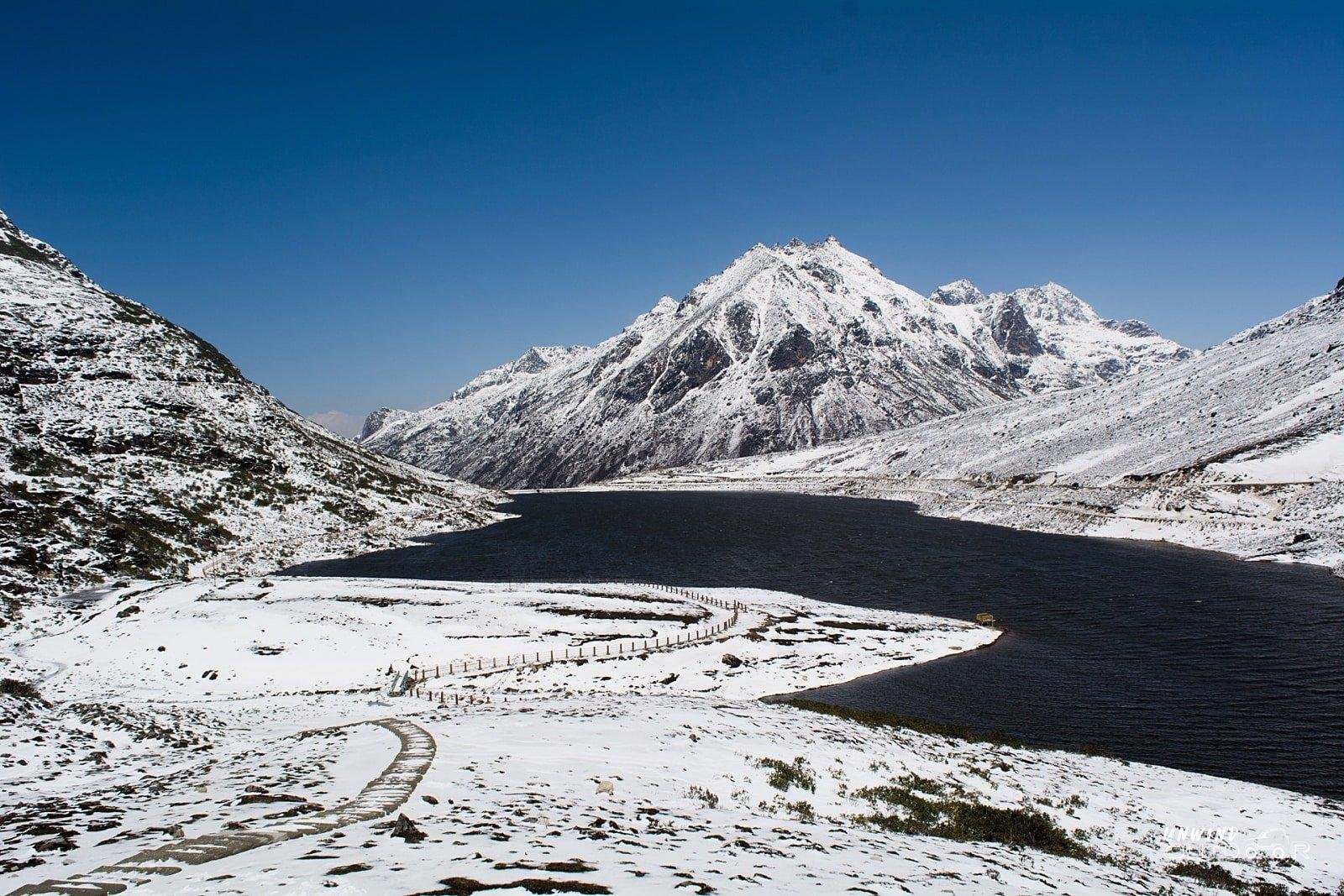
The indomitable Sela Pass
We reach the Sela Pass, with its snow laden mountains and azure Sela Lake, a sure sign that we are about to enter Tawang. The air has a decided nip once atop the pass. A giant war memorial greets us just on the outskirts of Tawang. Entering the mystical realm of Tawang feels a lot like stepping into the wardrobe that propels one into Narnia. Having travelled extensively through north India, it is definitely not just the sight of mountains that daze me. It is probably the entirety of it all – the verdant hills, the rolling clouds, the flowing Tawanchu river, and the most majestic sight of all – the yellow roofed fort-like Tawang Monastery.
The monastery, that came to be the largest in India, was actually built like a fort by an angry monk called Meera Lama.
Tired of the autocracy of the older Buddhist sects, he decided to build a fortress to protect the monks of the Gelugpa sect. The history behind this 17th Century monastery is fascinating, and includes skirmishes and conflicts. However, today, it is an oasis of peace and the monks here lead a life of isolation from the world.
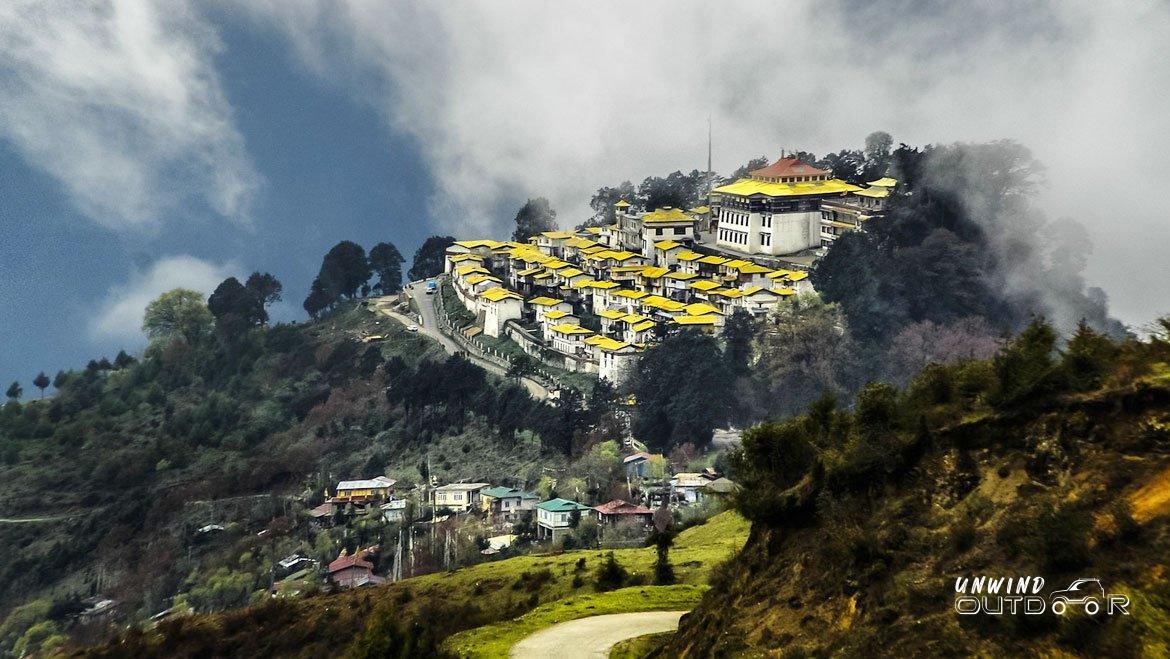
Tawang Monastery is the largest monastery in India
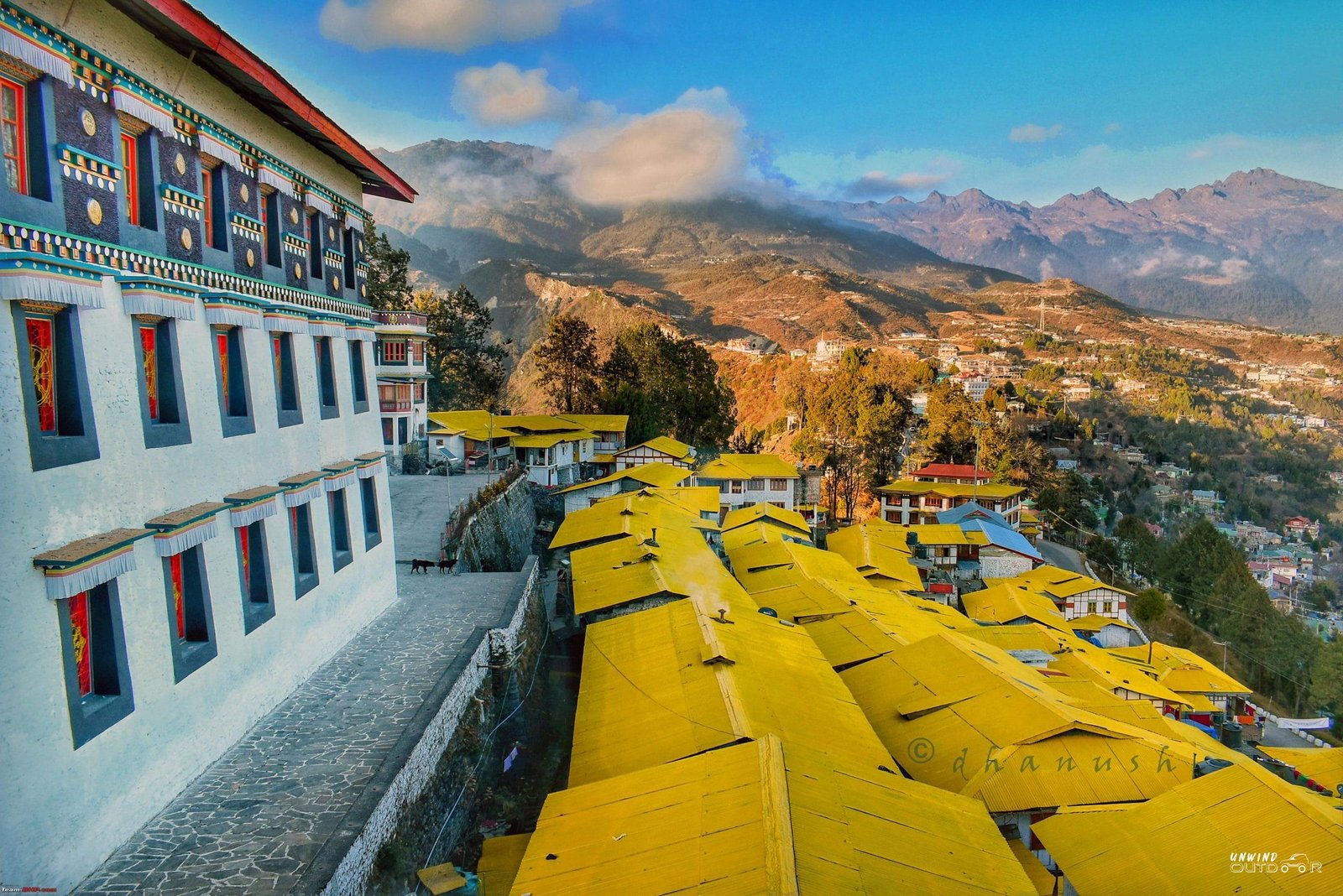
The cute yellow roofs form a pretty picture
This isolation is somehow slowly wearing off as the region faces the advent of tourism. Inhabited mainly by the nomadic Monpa tribe, the vagrant ways of its people are gradually giving way to stationery lives as they find employment in and around the monastery. The region is seeing an increased influx of tourists and the natives are turning towards modernization at a slow but steady pace. This is a fact that hits me as I sit in a restaurant in Tawang and witness the clandestine claws of westernization that has gripped its youth. As youngsters huddle behind bars to swig on beer and sway to the tunes of Pink Floyd, I experience a wave of emotions.
There is a misplaced sense of nostalgia – for a past that does not belong to me but this beautiful land, a land whose culture may soon be eroded.
There is also an exuberance – of seeing the youth finding the means to connect with the world in this remote part of the country. It is how life moves, I ruse – only forward.
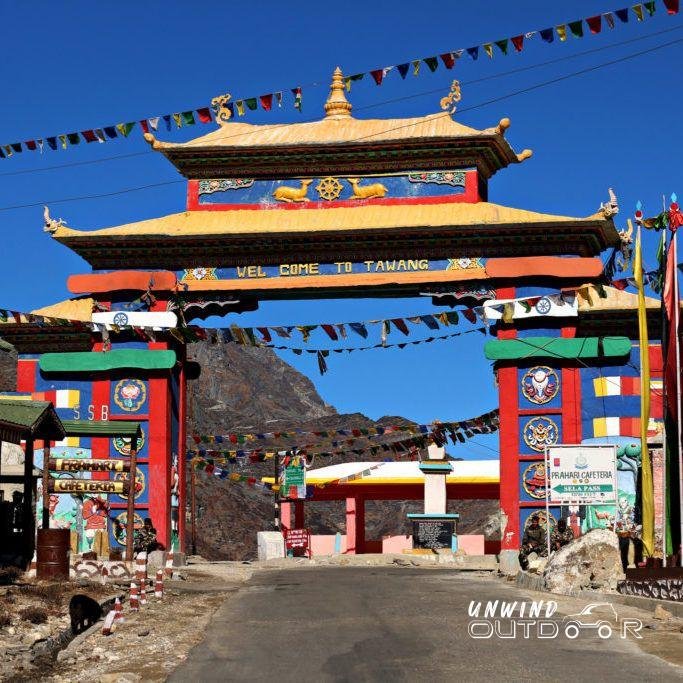
Saying hello to Tawang
I only consider my travels worthwhile, when they teach me something. And Tawang has plenty to teach me.
There are reminders of how privileged we are to be sleeping safe in our houses while Army men like Jaswant Singh protect our borders and die fighting for it, and the subsequent feeling of how futile war is – a feeling magnified when you spot how easily walkable it is into China if it weren’t for army outposts.
There are hundreds of lakes that facilitate reflection not just into its clear waters, but into one’s self. There is the beauty of the journey that takes you through one of the most picturesque paths in the country.
As I gaze at the formidable Tawang Monastery from a distance, imagining its maroon-robed monks hobnobbing on its steps, my spirits lift high. For Tawang is truly a land of cheer and happiness. It is impossible to find gloom here, whatever the circumstances. If numerous battles have not been able to change that disposition, I doubt that the trivial problems of the present day can.











